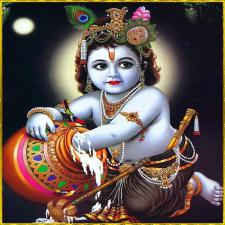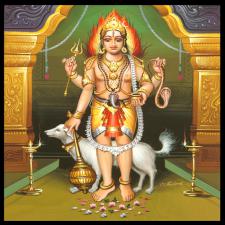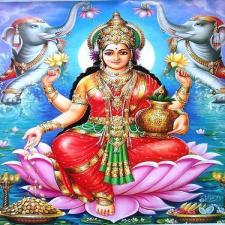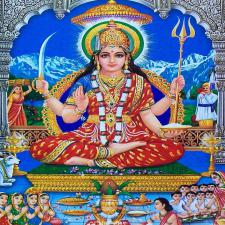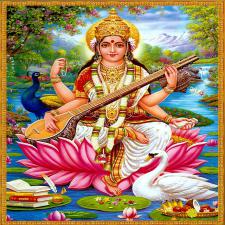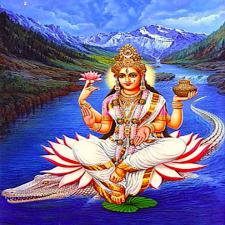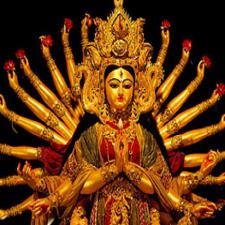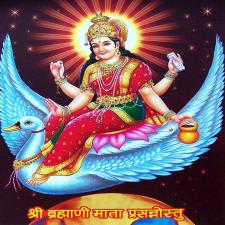-

 Guest Devotee
Guest Devotee
- Home
-
Blog -
-
Components -
-
Pages -
- Contact Us
- Sign In
- Sign Up
- Log Out

Aarti in the India tradition is a part of worship in which fire is lit on Diya or using camphor pieces. This is offered to the deities that are worshiped. It generally marks to end of the ceremony or Pooja that is performed. Aarati symbolizes a cycle- a rotation in a clockwise direction which is performed according to the directions which invoke the specific energies. The performer of Aarati is the Sadhaka- the seeker. Thus, the person has to give up all the emotions in front of the deity. During performing an aarti, proper songs and hymns should be changed. There are multiple points because of which the Aarati is performed on auspicious occasions. It serves a symbol to offer gratitude and highlight humility in front of the deity. The deity is placed always at the center highlighting the pivotal importance of God in a person’s life. Aarati is also a significant indicator of a continuous cycle of energy. It is generally performed before the night (Aarati in Sanskrit literally means ‘before the night’) to remove the darkness i.e. the ignorance in life.


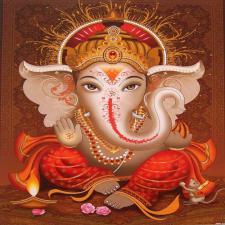
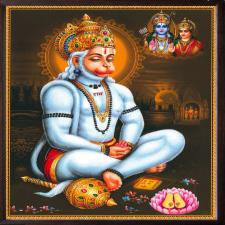
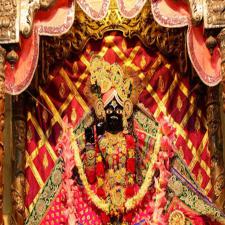
(In English)
Shri Banke Bihari Teri Aarti Gau
(In Hindi)
???? ??????????? ???? ???? ????

(In English)
Shri Rama Chandra Kripalu Bhajuman
(In Hindi)
???? ????????? ?????? ??? ??


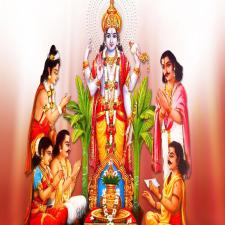
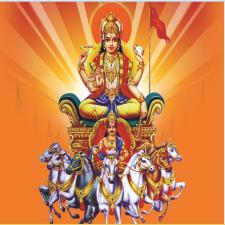
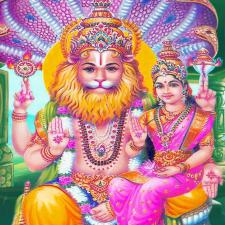
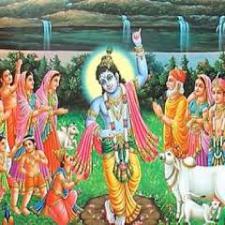
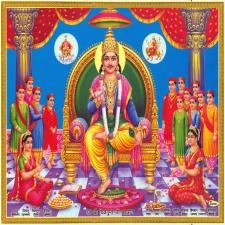

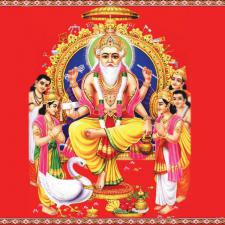
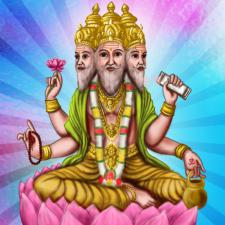
(In English)
Pitu Matu Sahayaka Swami Sakha
(In Hindi)
???? ???? ????? ?????? ???
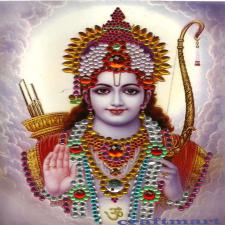
(In English)
Aarti Kijai Shri Raghuvara Ji Ki
(In Hindi)
???? ???? ???? ????? ?? ??
